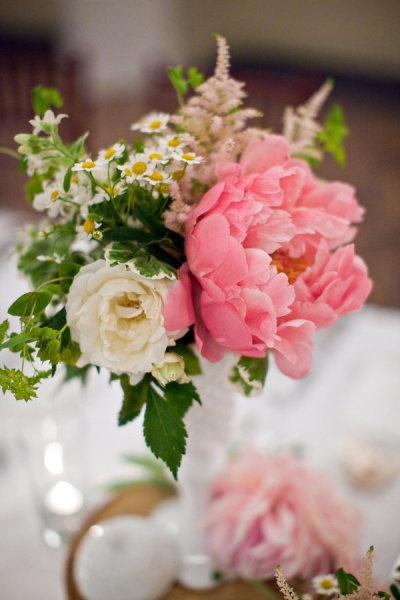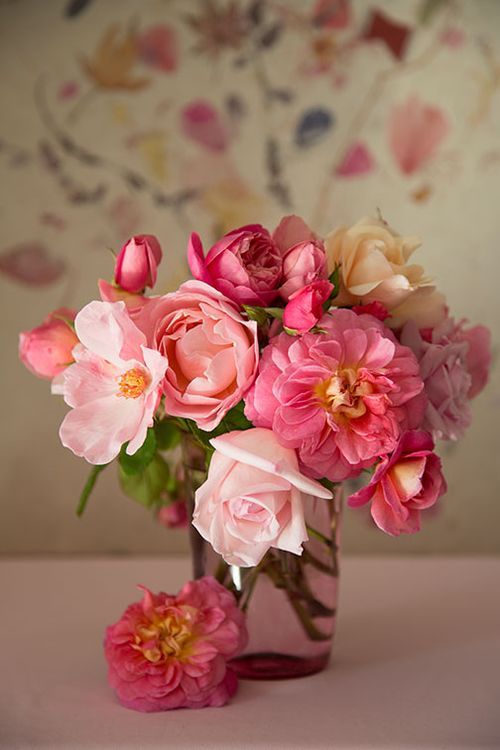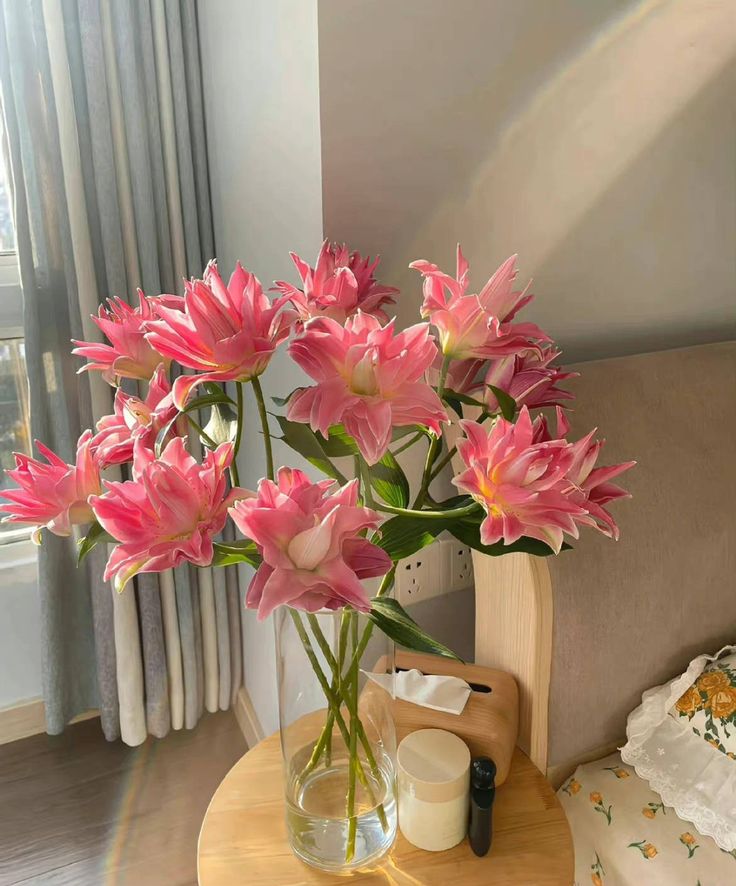Maintaining healthy and vibrant flower beds requires attention to detail and diligent care. One of the most effective tools in a gardener’s arsenal is mulch. Mulch not only enhances the aesthetic appeal of flower beds but also plays a vital role in conserving moisture, suppressing weeds, and improving soil health. In this guide, we’ll explore the benefits of using mulch in your flower beds and provide practical tips for maximizing its effectiveness in conserving moisture and keeping weeds at bay.









Understanding the Benefits of Mulch
Mulch offers numerous benefits for flower beds, including:
- Moisture Conservation: Mulch acts as a protective barrier that helps retain soil moisture by reducing evaporation. By covering the soil surface, mulch prevents water from evaporating quickly, allowing plants to access moisture more effectively and reducing the need for frequent watering.
- Weed Suppression: Mulch helps suppress weed growth by blocking sunlight and preventing weed seeds from germinating. By smothering existing weeds and creating an inhospitable environment for weed growth, mulch reduces the need for manual weeding and minimizes competition for nutrients and water.
- Soil Temperature Regulation: Mulch acts as an insulating layer that helps regulate soil temperature, keeping it cooler in hot weather and warmer in cold weather. By buffering temperature extremes, mulch creates a more stable environment for plant roots and promotes healthy growth and development.
- Soil Health Improvement: As mulch breaks down over time, it adds organic matter to the soil, improving its structure, fertility, and microbial activity. Organic mulches such as compost, shredded leaves, or bark chips enrich the soil with nutrients and encourage beneficial soil organisms, enhancing overall soil health and plant vigor.
Choosing the Right Mulch
When selecting mulch for your flower beds, consider factors such as:
- Type: Choose from a variety of mulch types, including organic mulches such as compost, shredded bark, straw, or leaves, and inorganic mulches such as landscape fabric or gravel. Organic mulches provide additional benefits such as soil enrichment and decomposition, while inorganic mulches offer long-lasting weed suppression and moisture retention.
- Texture: Consider the texture and appearance of mulch when selecting a type for your flower beds. Fine-textured mulches such as compost or shredded leaves provide a neat and uniform appearance, while coarse-textured mulches such as bark chips or wood nuggets add texture and contrast to the garden landscape.
- Color: Choose mulch colors that complement the color scheme of your flower beds and enhance the overall aesthetic appeal of your garden. Dark-colored mulches such as cocoa bean hulls or shredded bark provide a rich contrast against vibrant flower blooms, while light-colored mulches such as straw or gravel create a bright and airy feel.
- Availability: Consider the availability and cost of mulch materials in your area when making your selection. Choose mulch options that are readily available and affordable, or consider sourcing materials locally to reduce transportation costs and environmental impact.
Applying Mulch Effectively
Follow these tips for applying mulch effectively in your flower beds:
- Prepare the Soil: Before applying mulch, remove existing weeds and debris from the flower beds and cultivate the soil to loosen any compacted areas. Incorporate organic matter such as compost or aged manure into the soil to improve fertility and structure.
- Apply a Layer of Mulch: Spread a layer of mulch evenly over the soil surface, taking care not to pile it too thickly around plant stems or crowns. Aim for a depth of 2 to 4 inches for most organic mulches, or follow manufacturer recommendations for inorganic mulches.
- Leave Space Around Plants: Maintain a small gap between mulch and plant stems or crowns to allow air circulation and prevent moisture-related issues such as rot or disease. Avoid smothering plants with excessive mulch, especially young or tender specimens.
- Refresh Mulch as Needed: Periodically check the mulch layer in your flower beds and replenish it as needed to maintain the desired depth and effectiveness. Add additional mulch as it breaks down over time or is displaced by wind, rain, or garden activities.
Conclusion
Using mulch to conserve moisture and suppress weeds in your flower beds is a simple yet effective way to promote healthy growth and maintain a beautiful garden landscape. By understanding the benefits of mulch and choosing the right type for your flower beds, you can create an environment that nurtures plant health, conserves water, and reduces the need for maintenance. Whether you prefer organic mulches for their soil-enriching properties or inorganic mulches for their long-lasting durability, incorporating mulch into your gardening routine is a sustainable and eco-friendly practice that yields impressive results. With proper application and maintenance, mulch can transform your flower beds into thriving, weed-free havens of beauty and abundance, allowing you to enjoy the fruits of your labor year after year.